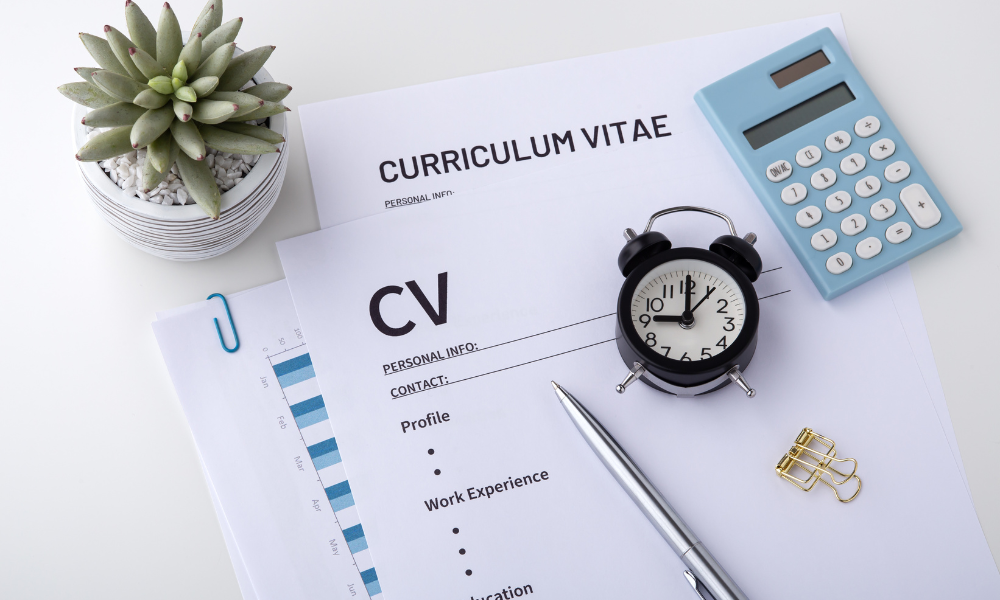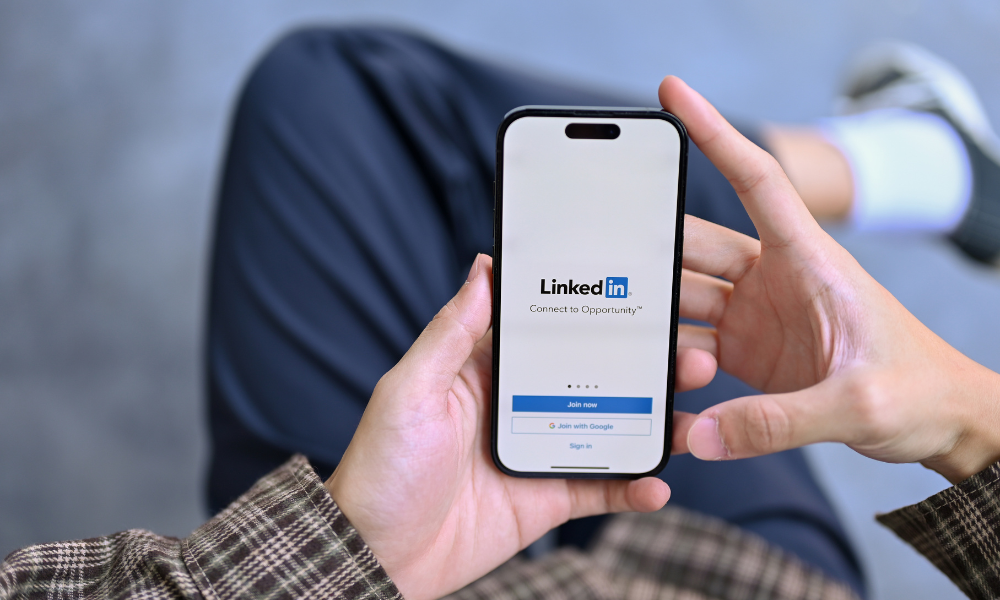How to write an HR CV
A high-quality human resources CV will showcase how you as an individual are best qualified for the position in which you are applying for. A well-written CV will help you to stand out from the bank of other candidates. First things first, let’s begin with the basics of what makes a good CV. Your CV needs to cover all your relevant experience, and educational qualifications as well as any achievements and some general information about your best qualities. Try to keep your CV at two pages maximum, as any more pages can be off-putting for a recruiter to read. More importantly, have all the essential information you wish to communicate with the recruiter on the first page. This will assist the recruiter in spotting why you could be a great candidate for the role with no fuss. Your CV is all about providing the employer or recruiter with a great first impression of who you are, and your potential to fulfil the needs of the job role. The key to a successful HR CV is to demonstrate that you have read the job description by highlighting keywords outlined in the description on your CV. A useful tip when writing your CV is to keep sentences to the point, and short. This will showcase your excellent communication skills which is a desirable necessity for a role in HR. On top of this, it also makes the CV easy to read for the recruiter. When writing an HR CV, you need to include a clear headline statement, which is no longer than 200 words long. This statement will focus on your current position and highlight the main achievements you have made which are relevant to the HR role you are applying for. Top tip: Place your contact details somewhere clear on the page to encourage recruiters to get in touch with you. Next, you need to ensure the CV involves a clear experience summary. Subheadings and bullet points will be a useful tool to make use of in this section, as they will help you to clearly indicate your experience, responsibilities and achievements. Remember to include the business name, your job title as well and the dates you worked in the role. Your work experience should be ordered from the most recent and work backwards from here. Final Thoughts It is vital in an HR CV that you can showcase your career progression over the years. Remember to use keywords mentioned in the job description directly on your CV to draw the recruiter’s attention to why you are a good fit for the role. It may also be a good idea to write about your future career ambitions, and how the role in which you are applying aligns with these roles. This will help the recruiter to see you as not only a qualified candidate but someone who will grow with the business. We offer plenty of resources to help you write your perfect CV, get in touch with us to find out more, or check out our resources here.
How to write an HR CV Read More »
A high-quality human resources CV will showcase how you as an individual are best qualified for the position in which you are applying for. A well-written CV will help you to stand out from the bank of other candidates. First things first, let’s begin with the basics of what makes a good CV. Your CV needs to cover all your relevant experience, and educational qualifications as well as any achievements and some general information about your best qualities. Try to keep your CV at two pages maximum, as any more pages can be off-putting for a recruiter to read. More importantly, have all the essential information you wish to communicate with the recruiter on the first page. This will assist the recruiter in spotting why you could be a great candidate for the role with no fuss. Your CV is all about providing the employer or recruiter with a great first impression of who you are, and your potential to fulfil the needs of the job role. The key to a successful HR CV is to demonstrate that you have read the job description by highlighting keywords outlined in the description on your CV. A useful tip when writing your CV is to keep sentences to the point, and short. This will showcase your excellent communication skills which is a desirable necessity for a role in HR. On top of this, it also makes the CV easy to read for the recruiter. When writing an HR CV, you need to include a clear headline statement, which is no longer than 200 words long. This statement will focus on your current position and highlight the main achievements you have made which are relevant to the HR role you are applying for. Top tip: Place your contact details somewhere clear on the page to encourage recruiters to get in touch with you. Next, you need to ensure the CV involves a clear experience summary. Subheadings and bullet points will be a useful tool to make use of in this section, as they will help you to clearly indicate your experience, responsibilities and achievements. Remember to include the business name, your job title as well and the dates you worked in the role. Your work experience should be ordered from the most recent and work backwards from here. Final Thoughts It is vital in an HR CV that you can showcase your career progression over the years. Remember to use keywords mentioned in the job description directly on your CV to draw the recruiter’s attention to why you are a good fit for the role. It may also be a good idea to write about your future career ambitions, and how the role in which you are applying aligns with these roles. This will help the recruiter to see you as not only a qualified candidate but someone who will grow with the business. We offer plenty of resources to help you write your perfect CV, get in touch with us to find out more, or check out our resources here.



